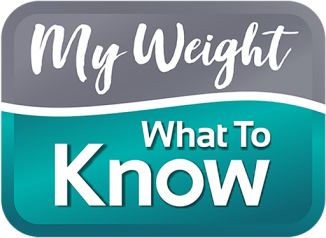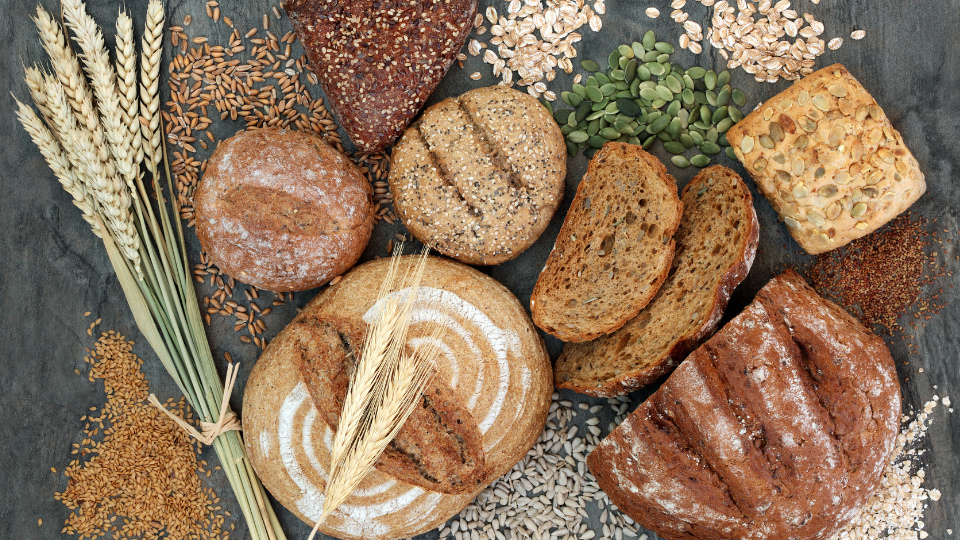By Melinda Maryniuk, MEd, RD, CDCES
There’s one thing that dietitians, doctors and experts everywhere agree on – if someone wants to improve their diet and their health, they should eat more fiber! Though not glamorous or trendy, many studies have found fiber to be a key component of a healthy life. In fact, the new Canadian Adult Obesity Clinical Practice Guidelines recommend a high fiber diet for everyone – not just those seeking to lose weight. The guidelines are careful to highlight how individual nutrition needs to be personalized, and also do not endorse a single, best way of eating… or even recommend a calorie range. They don’t hesitate, however, to explicitly call out fiber as a superstar and offer specific recommendations for daily intake.
What is fiber and why is it so great?
Dietary fiber includes the parts of a plant that your body can’t digest or absorb, and it is generally classified into two types: soluble (the type that can dissolve in water) and insoluble (the type that doesn’t dissolve). Many fruits, vegetables, beans and grains contain both types – and both are very beneficial. A mixed fiber diet (or a diet that contains both types) has been proven to decrease incidence of diabetes, heart disease, stroke, colorectal cancer and total cancers. There’s also evidence that it improves blood pressure, insulin resistance, and blood lipids. And as if that wasn’t enough, studies show high-fiber foods promote weight loss and maintenance, as well as lead to a longer life.
How much fiber do I need?
Many benefits come from fiber when you consume at least 25 grams a day. Here are the specific daily recommendations for men & women:
Women:
- Age 19-50: 25g
- Over 50: 21g
Men:
- Age 19-50: 38g
- Over 50: 30g
What are the best ways to get more fiber in my diet?
- Fiber is only found in plant foods so by eating more of a plant-based diet (including more vegetables, whole grains, fruit, legumes, beans, nuts and seeds) you’ll get more fiber.
- As much as possible, limit white & refined grains, such as white flour, white pasta and white rice in order to keep the fiber content up. Most of the fiber is in the edible skins of fruits and veggies so whenever you can, eat them whole rather than juiced or in smoothies. Check the food labels to compare the fiber in different breads, cereals, crackers and other prepared foods.
- As you go about increasing the sources of fiber in your diet – do so gradually. This will limit possible side effects of stomach upset. Also, drink plenty of water!
While almost all plant foods contain some fiber, this list highlights some that are particularly great!

While this article provides guidance about healthy eating, it’s important to stress that for many people, diet and exercise alone aren’t enough to reach a healthier weight. The good news is that there are safe and effective medical treatments available that can address the biological issues that can make sustained weight loss difficult. To find a physician near you who specializes in weight management, click here.
Get a weekly text to help you stay on track with your health goals! Click here to sign up.
To sign up for our free online class that covers the basics of how to reach a healthier weight, click here.
This article was sponsored by Novo Nordisk Canada. All content is created independently by My Weight – What To Know with no influence from Novo Nordisk.

